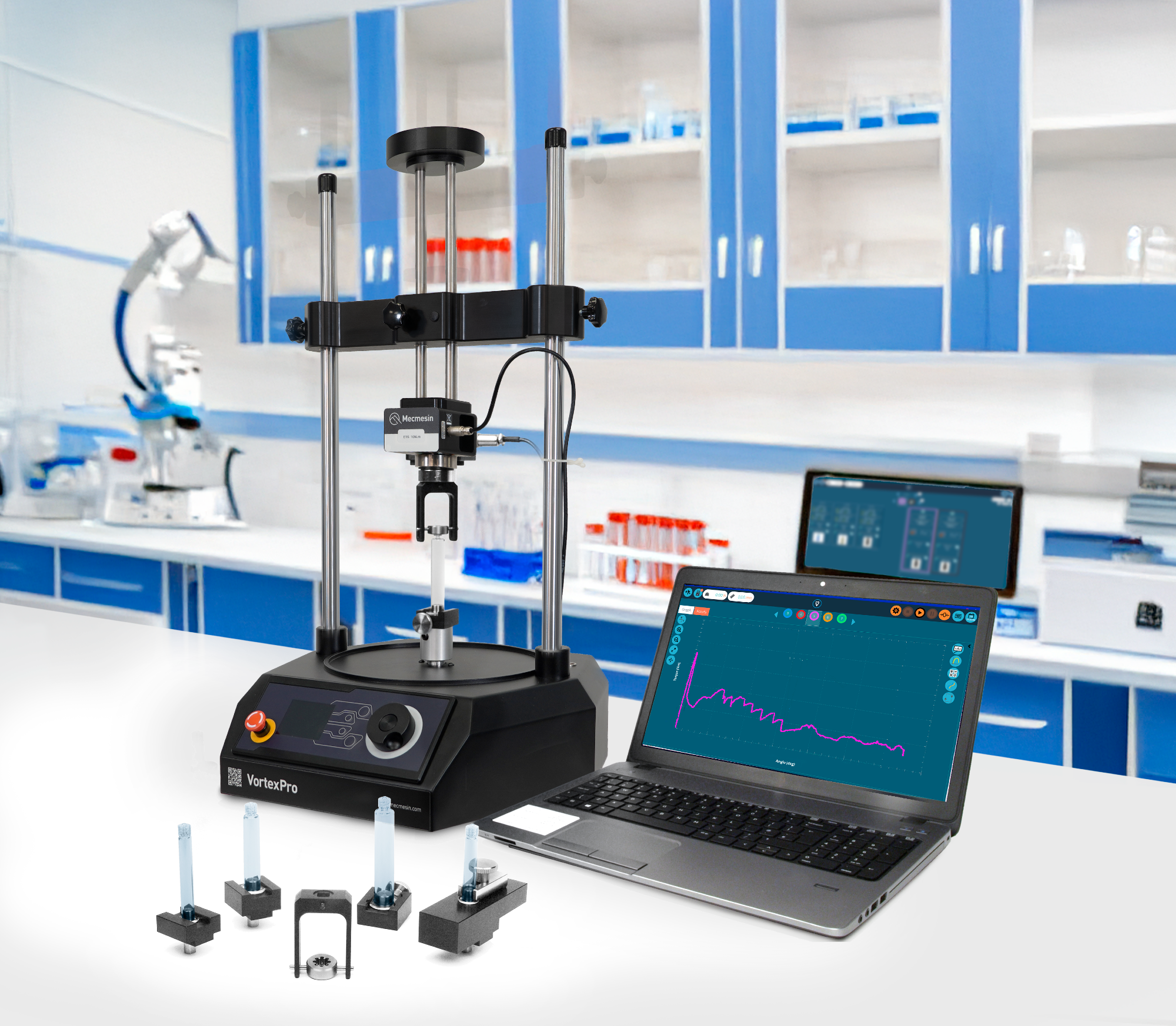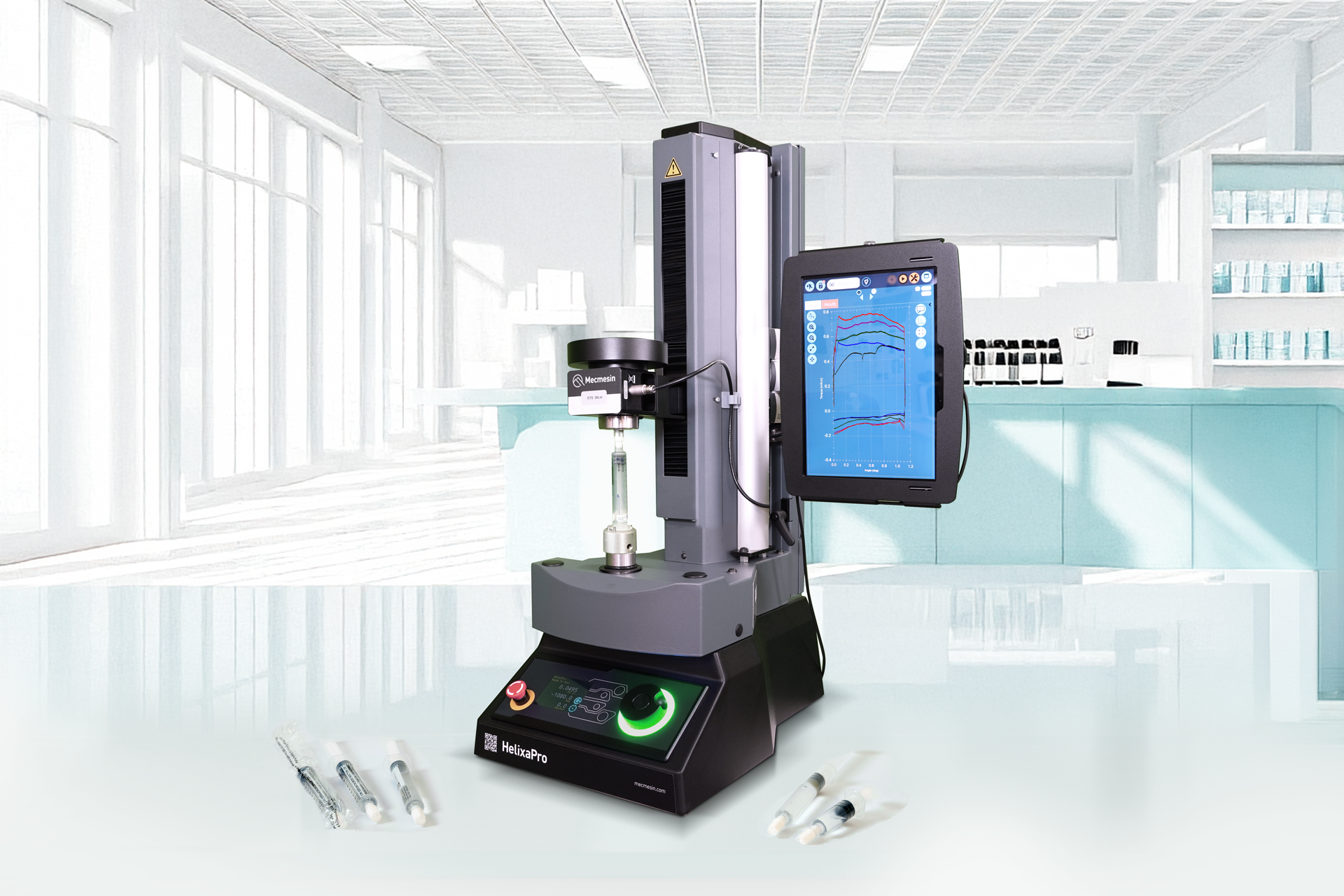Physical testing is vital in a product’s journey from conception to its final destination, which involves client or patient interaction. Quality testing is integral in this process, occurring at various stages from primary design to production, ensuring performance and build quality.
Each business’s testing requirements depend on factors like the product’s intended use and industry guidelines. Testing assesses functionality by exposing the product to specific forces (applied to push or pull the product) or torques (used to twist the product) and measuring the response.
Accurate loading is attained by using fixturing accessories that interact with the test specimen and correctly manipulate the applied load. Torque testing fosters unique challenges in sectors where health and safety are vital, which will be highlighted in this article.
Torque Categories
Torque, or applying a load or force at a distance from a rotational axis, involves a twisting motion. Numerous consumer objects, such as door handles, steering wheels, or bottle tops, require torque.
The term “openability” is increasingly relevant as an aging population becomes less dexterous and finds it more difficult to open packaging or use such items.
The medical devices and pharmaceutical sectors abide by strict regulations prioritizing compliance and precise auditing procedures. Safety test standards, which determine whether a product or its packaging is licensed for use, are vital.
The contribution of torque in such goods often relates to the integrity of seals. Seals should not open in use and should be simple and reliable to connect. They should also show application and release torque values in a pre-determined range.
Medical Solution

Image Credit: Mecmesin
A glass syringe manufacturer that uses compression-fit Luer connectors executes quality control assessment of the connector by measuring the torque needed to rotate the polycarbonate fitting to guarantee it will not come away under normal use.
As these syringes come in numerous sizes, various dedicated custom fixtures hold the glass, and a star-shaped universal mandrel grips the Luer fitting to enable testing of all variants.
Because the torques involved are lightweight, the mandrel is inserted in a stirrup, allowing it to move vertically while the fitting turns on its thread and avoids affecting the vital torque measurement.
Injecting Quality

Image Credit: Mecmesin
The torques necessary to operate twisting mechanisms in goods that need direct human interaction can be small. In medical devices, the individual needing to self-administer their own drugs may be old or disabled.
The precision measurement of light torque values necessitates investments in test equipment to optimize accurate axial alignment and measure loads in low values. Healthcare professionals require consistent, easy, and reliable medical device operation in hospital environments.
The syringe needle cap should twist off easily yet remain intact under other conditions. Test standards specify a torque range within which the measured test values are deemed acceptable.
The universal plastic (polymer) water bottle cap is a great example of an ordinary item that a user may encounter. Counterclockwise torque breaks a tamper-evidence mechanism and releases the closure from the bottle’s threaded section.
Mass manufacturing environments often use manually operated torque checking on random samples to keep production parameters within range. Innovative and regulation-driven design changes are assessed with motorized, software-controlled torque measurement systems.
These systems apply a consistent rotational speed, turn to exact angles, and reverse direction as needed in a test’s operational procedure. The significance of grasping a bottle closure consistently in every test demands custom-fit cap mandrels to grip and turn the cap without deformation.
The lower fixturing method must also grip securely without causing deformation for polymer bottles, and a different solution may be required for testing glass or metal containers.
Software collects the torque data and determines characteristics at strategic points in the opening process:
- The initial slip of the cap as it starts to move and overcomes the friction of the bottle material
- The peak as the tamper-evident ring bridges are overcome
- The enduring steady-state torque as the cap is unscrewed, completing release
Conclusion
Various quality control processes emphasize measuring torque, particularly in sectors where testing is highly regulated (i.e. FDA 21CFR Part 11).
Testing hardware designated to grip such products can precisely implement the twisting action. When coupled with capable software, a complete solution is provided.

This information has been sourced, reviewed, and adapted from materials provided by Mecmesin.
For more information on this source, please visit Mecmesin.